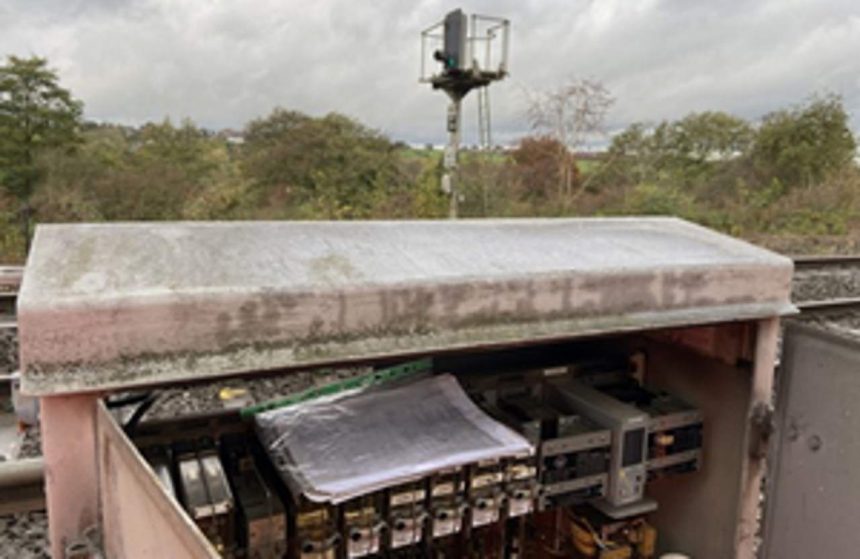The Rail Accident Investigation Branch (RAIB) has announced that it is investigating the circumstances into why a train passed a signal at danger in Derbyshire last October.
At about 07.02 on 26 October, a train of empty coaching stock train travelling on the down main line between Derby and Chesterfield had been proceeding normally past signals showing green proceed aspects. In the South Wingfield area, the train unexpectedly encountered a signal displaying a red danger aspect.
The train was approaching the signal at 110 mph (177 km/h) but was unable to stop before the signal and travelled past it for about 760 metres. The driver immediately called the signaller to report the incident.
At 07.07 the signaller contacted the driver of the following passenger train on the down main line soon after it had departed from Belper. The signaller instructed the driver of that train to proceed at a reduced speed because the train ahead of it had passed a signal at danger.
At about 07.19, the train approached the signal that had been passed at red by the previous train, but the signal was now displaying a yellow caution aspect. After passing the signal at about 20 mph (32 km/h), the driver saw the tail lights of the first train, which was stationary ahead of it and brought his train to a controlled stop about 75 metres from the first train and in the same signal section.
The previous night, planned track maintenance work had taken place, which included disconnecting and reconnecting the signal that was passed at red. According to evidence provided to the Rail Accident Investigation Branch, the signal had been returned to service after the work with a fault that caused a wrong side failure, with the signal's red and yellow aspects being displayed incorrectly.
Once the Rail Accident Investigation Branch has concluded its investigation, it will publish its findings, including any recommendations to improve safety on its website.
